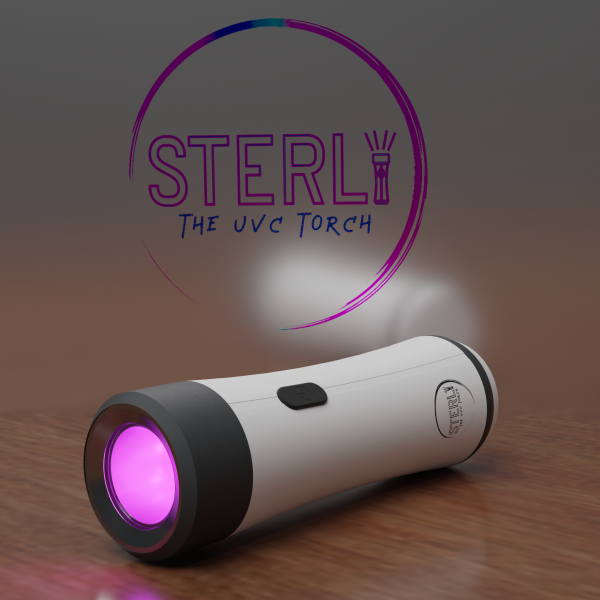
Groundbreaking designed, the mercury-free Sterly is proven, simple to use and fits in your pocket.
Production of Sterly has started!
We are thrilled that Sterly has advanced from a concept to a real-life commercial product!

“UVC radiation is a known disinfectant for air, water, and nonporous surfaces. UVC radiation has effectively been used to destroy the outer protein coating and the destruction ultimately leads to inactivation” –¬†FDA¬†
Specifically designed for portability and convenience, mercury-free Sterly is simple to use, works straight away, and fits in your pocket or purse. Sterly is equipped with a 265nm-wavelength UVC light, cleaning an item in just 5-15 seconds.
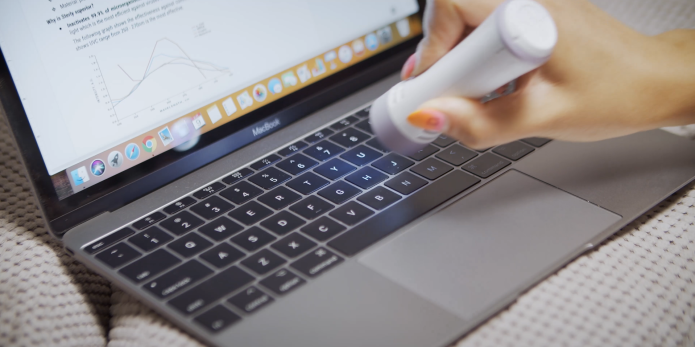

 
Fungus prevention for your expensive camera lens? 

To prevent this, use Sterly on your camera lens for 1~2 minutes frequently!
 
Tested in collaboration with Dr Joseph Richardson, an expert of thin-film deposition strategies and metal-organic hybrid systems for biomedicine, at the University of Tokyo, Sterly shows a very noticeable reduction of infectious viruses in a highly concentrated virus solution under non-optimal conditions.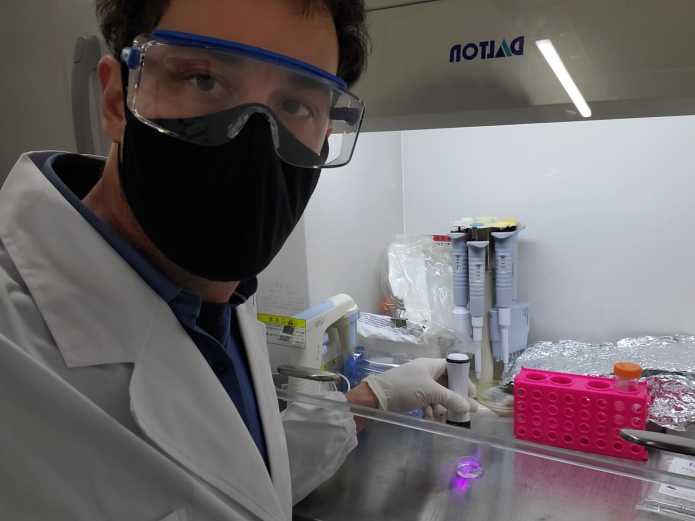
Biography of Dr Joseph Richardson: Dr Joseph J. (JJ) Richardson | CBNS
A big shout out for Dr Joseph Richardson, months ago he came across Sterly and was sceptical but open-minded about the claim of Sterly sterilization power. He agreed to do tests with our Sterly prototypes at a laboratory at the University of Tokyo. We would like to show him our gratitude for what he is doing.


 
Dr Joseph Richardson¬†has performed 3 tests with Sterly on its sterilisation power with¬†concentrated solution (1×10^7 PFU/mL), which is 100 times higher than in normal tests. Sterly shows excellent sterilizing power.
At a high infectious virus concentration solution (1×10^7 PFU/mL),¬†Sterly killed 9,500,000 plaque-forming units in 3 seconds¬†at a 3cm distance. It showed 95% of antiviral reduction.¬†
 
Sterly was tested also on a dry surface. The experiment was more assimilated to a real-life situation. The result showed a very promising at 3cm 99+% reduction in 3s and 99.9+% reduction in 10s on stainless steel.
A mass-produced Sterly is designed to have around 35% higher output power than the tested Sterly prototype device.
 
More Sterly UVC tests:
Sterly – Agar plate test
 

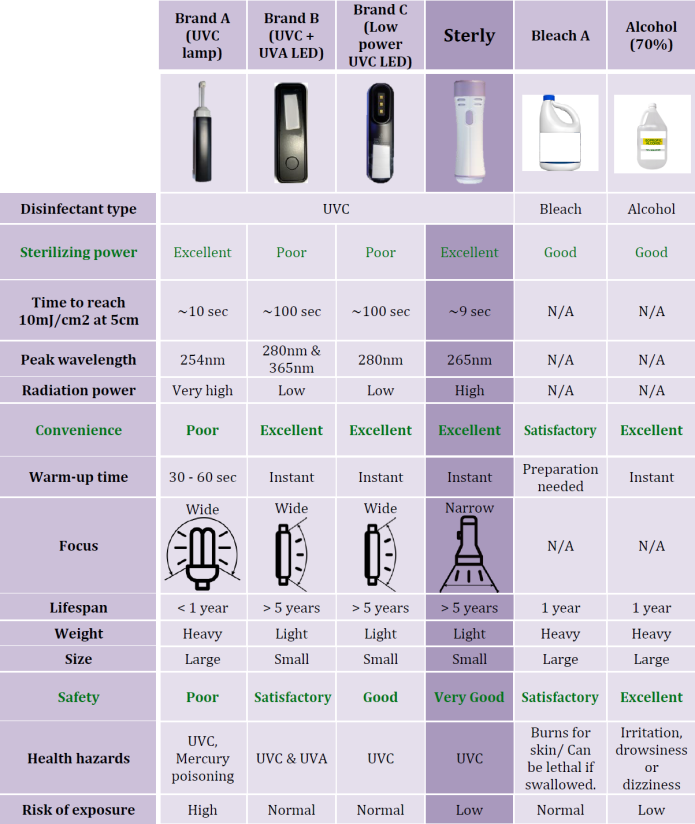
 
Sterly is 1600% to 6600% more powerful than other UVC devices in the market
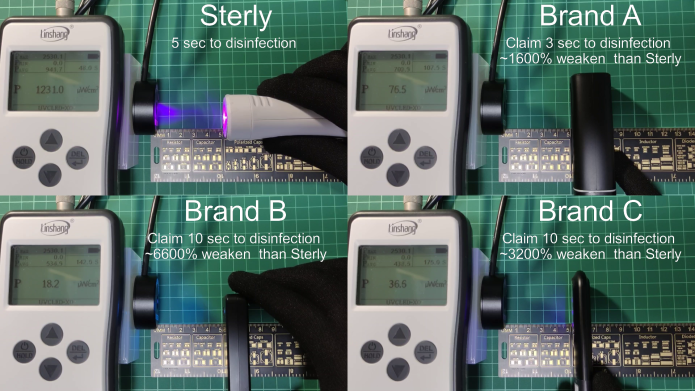
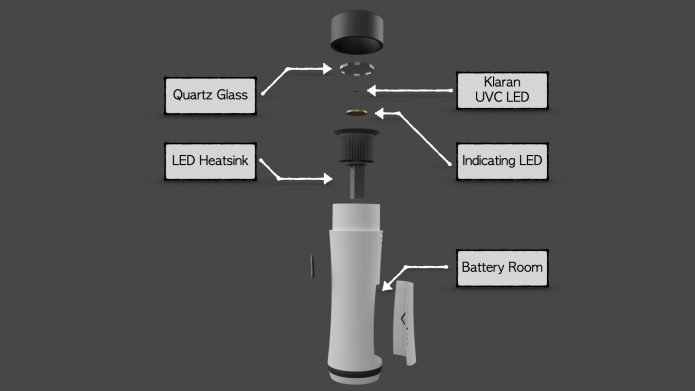
 

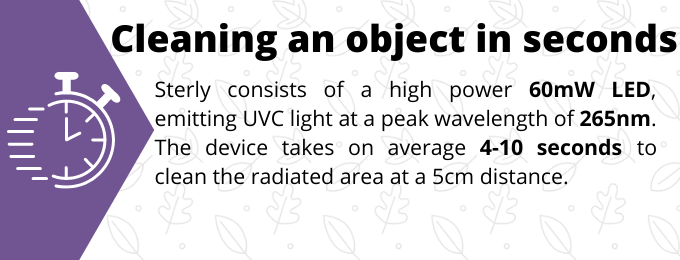
The following graph shows that the narrow range of 265 ¬Ī 5nm is¬†highly absorbed by the nucleic acids of DNA and RNA.
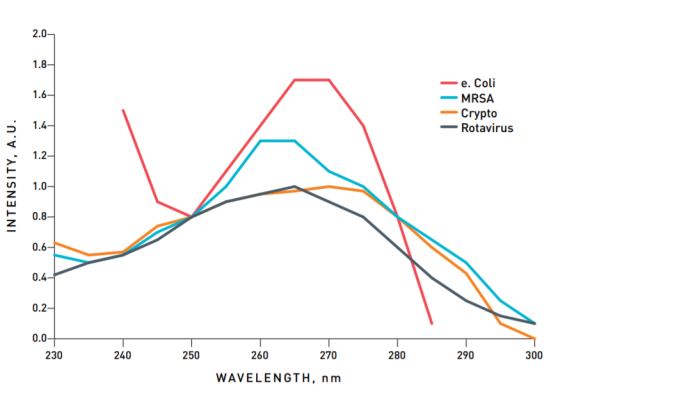
 Source: Klaran, AEM Journals
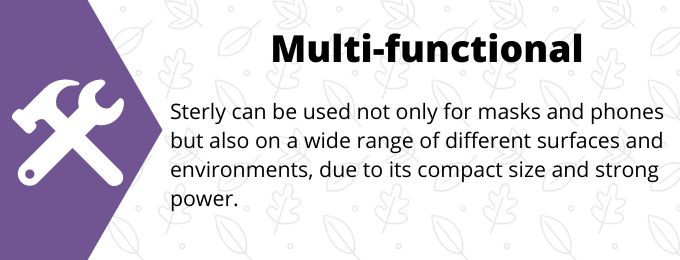

 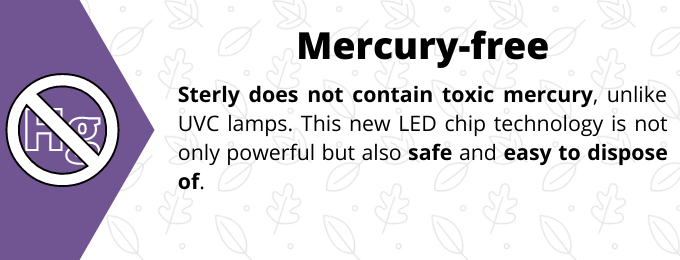

Source:  NCBI journal article
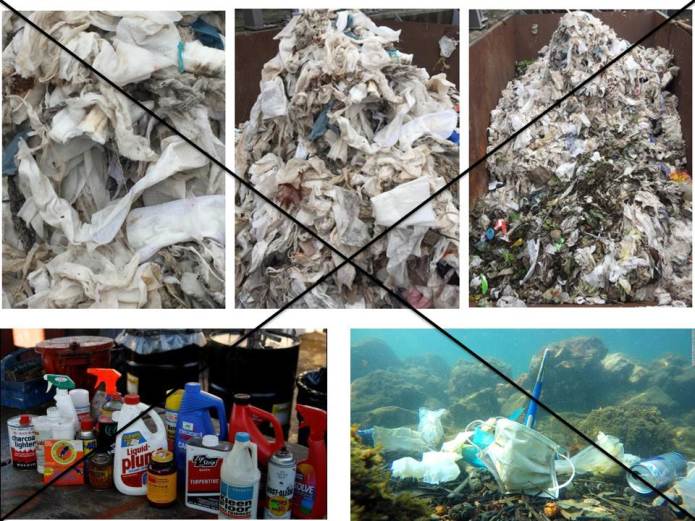
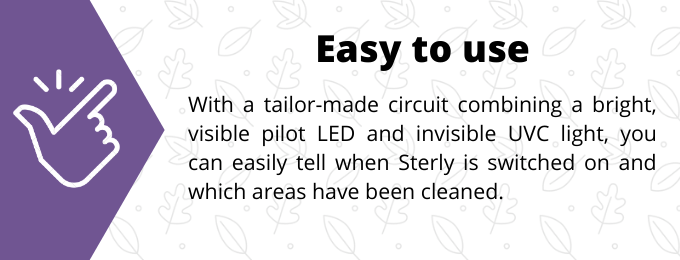
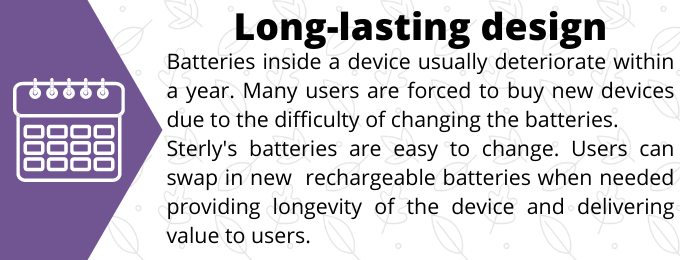

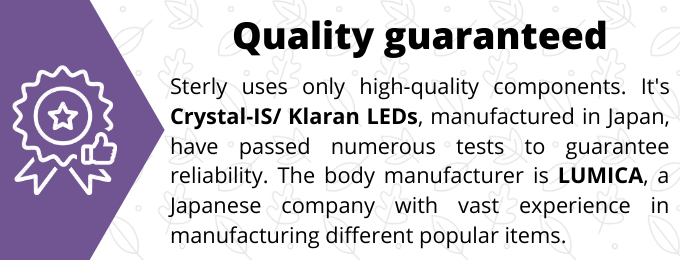
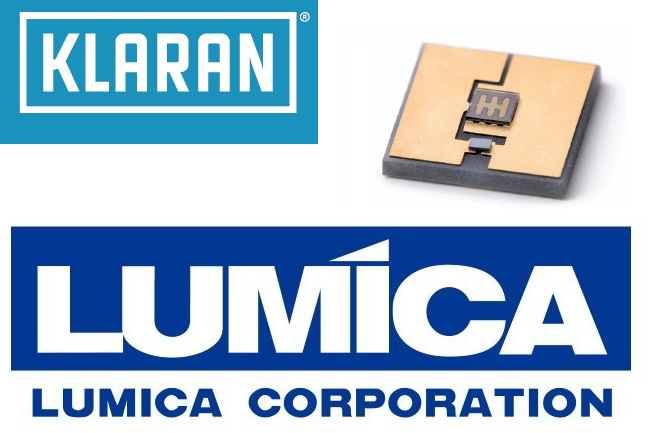
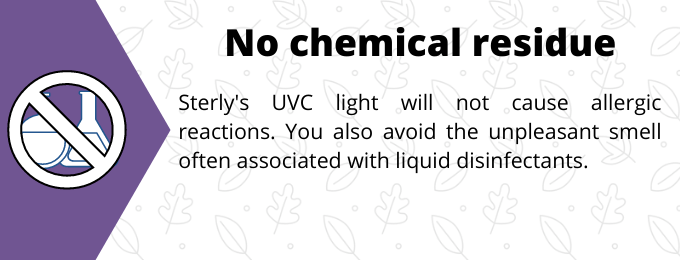
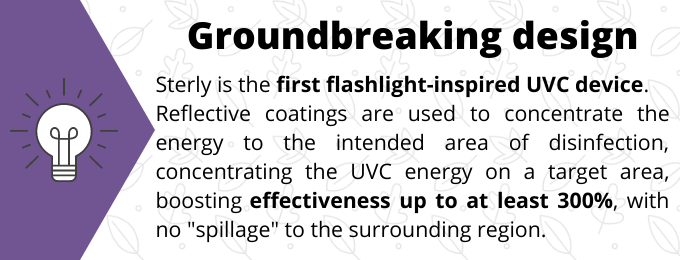
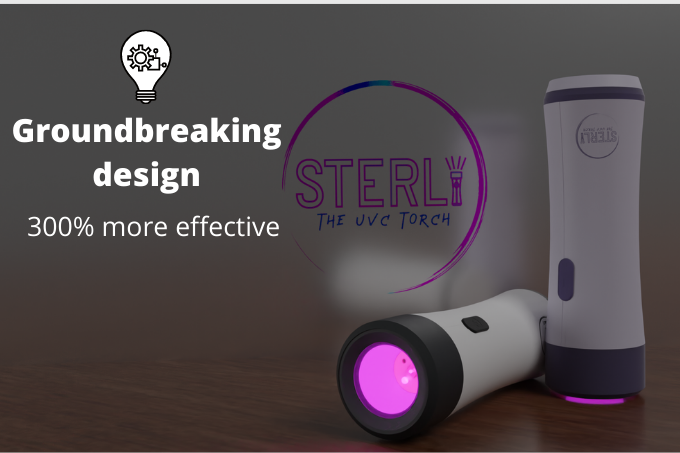
Have a look at Sterly’s radiation focusing ability compared to other UVC products at the same 5cm range:
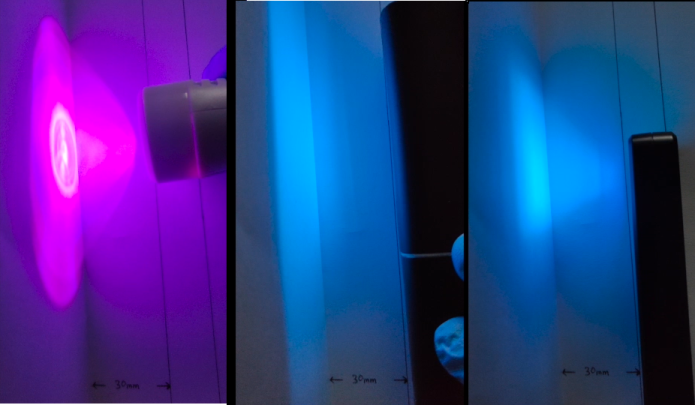
With a focused design, Sterly is 300% more effective in sterilization with the same power output!
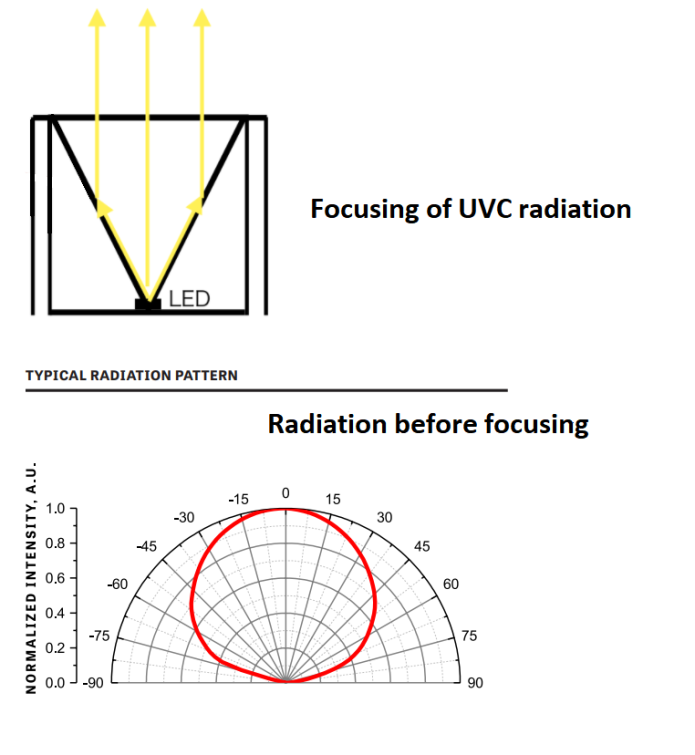
*The above graph shows how UV light alters RNA inside microbes (Left). The graph (Right) shows that the most effective wavelength for microbial inactivation is 260- 270nm.
Source: GMS Hygiene and Infection Control
UVC technology has been around for over a decade and is widely used for hospital cleaning, water sterilization, and cabin disinfection in planes. However, the majority of products leveraging this technology are mercury UV lamps, which are not convenient enough for day-to-day personal use: they are too big to carry, mercury is toxic, and the lamps require long warm-up times. Most commercially available UVC products that are small and convenient are too weak to alter RNA/DNA inside microbes.

It is now a well-known fact that microbes can live on object surfaces, the outer surface of a mask for example, for days. The table below shows survival times for microbes on different surfaces.
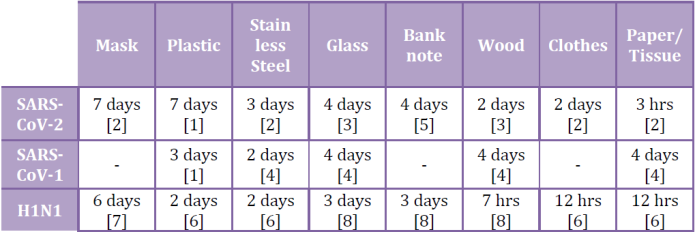
Source:   [1] [2] [3] [4] [5] [6] [7] [8]
For survival time for other microbes see:  [9]
*Wood with a rough surface requires more doses to have log 3 microbes reduction.

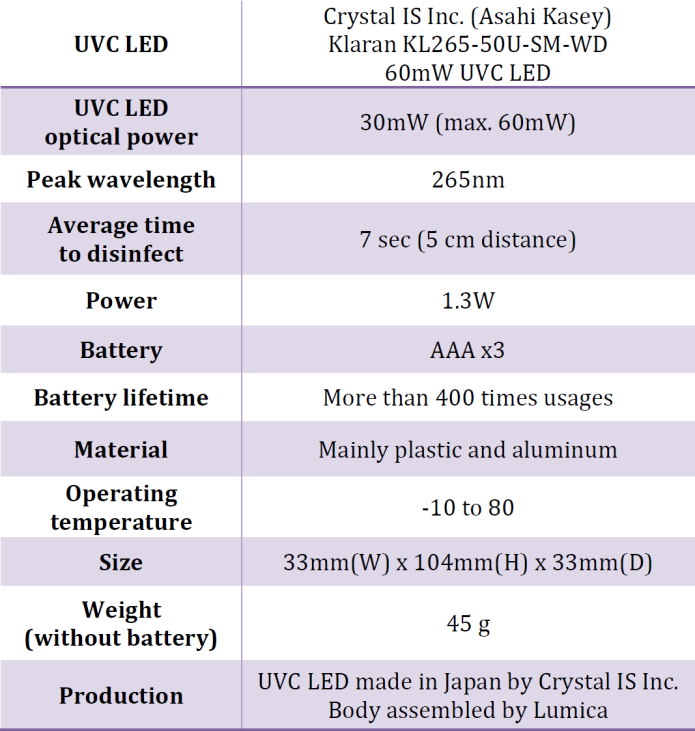

Do you need to interact frequently with other people? If you work in sales, healthcare, education, or retail, your job likely puts you at a higher risk of contracting illnesses. Those who use public transport or live in shared buildings might be familiar with the chapped hands from too much disinfectant gel. Really, anyone who wants to keep themselves safe can benefit from Sterly.
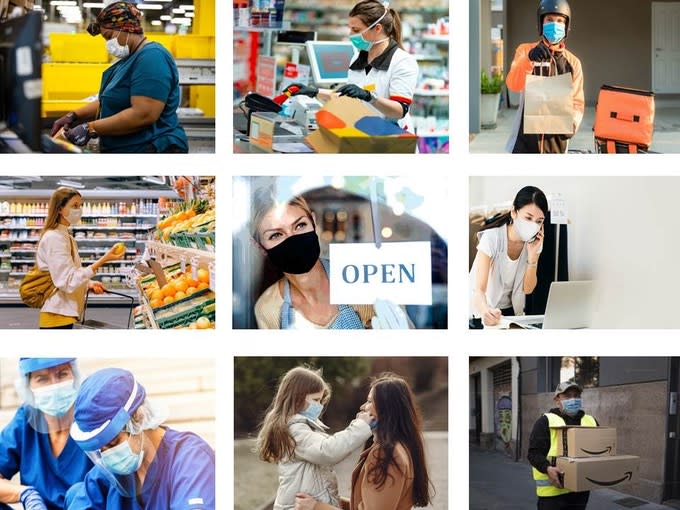
 

Sterly can greatly increase the reusability of masks, whether they are surgical masks or reusable masks, without destroying the material’s filtration properties. This means the biomedical waste from used masks can be reduced significantly.
Sterly also provides a much better experience for people who need to wear masks for extended periods of time, as it can eliminate bad odours inside the masks. Fewer new masks are being used as a result.
 

-  Masks. If you have begun wearing a mask in everyday life, you might often find yourself needing to take it off and then put it back on. Handling your mask in this way can expose you to the contaminated outer side.
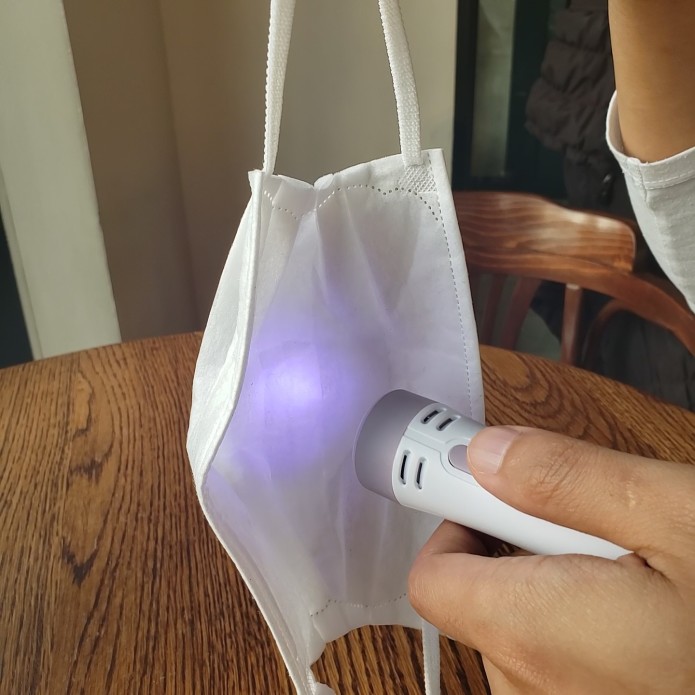
-  Phones. Even if we carry them in our pockets or purses, our phones spend a lot of time in our hands. Deloitte reports that people look at their phones an average of 52 times daily! Sanitizing your phone just is as important as your hands, as its surface can be dirtier than a toilet, and you’re very likely to touch it.

-  Restaurant utensils. When you cannot be sure whether the restaurant cutlery is thoroughly cleaned, our UVC Torch will help assuage your fears. Enjoy a germ-free meal with no fuss.
 
- ¬†Public surfaces.¬†We don‚Äôt like to think about it, but how many people have touched that doorknob before you? Door handles, toilet flush buttons, rails in public transport, or even the seats in a plane or train… You can clean all these with our UVC torch for peace of mind.

-  Bottles. To keep your bottles clean, sometimes water alone is not enough. According to Brazilian research, after being used only once, 83% of bottles had signs of different contamination. The Sterly tool can also be used on baby milk bottles.

-  Electronics. Tablet, keyboard, mouse, earphones, remote control, and other devices can all harbour different kinds of invisible threats.

-  Food. Dozens of people could touch supermarket food before you buy it. Its surfaces can be dirty, whether it’s fresh produce or a chocolate bar wrapper.
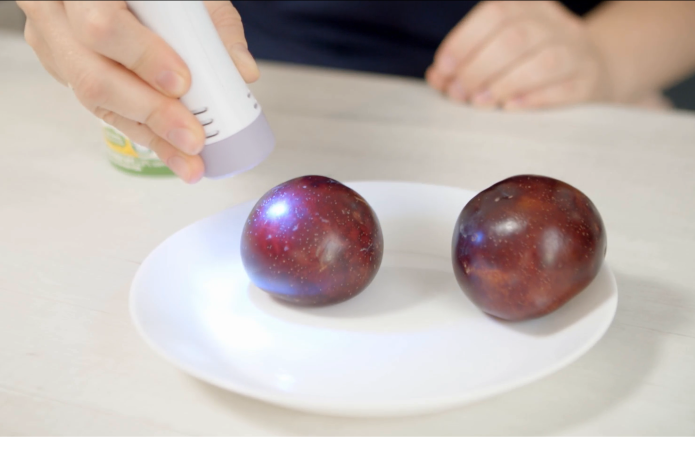
- ¬†Miscellaneous. The possibilities are endless. Children’s toys, accessories, toothbrushes and makeup tools, shoes, steering wheels, ¬†pets‚Äô toys, etc…

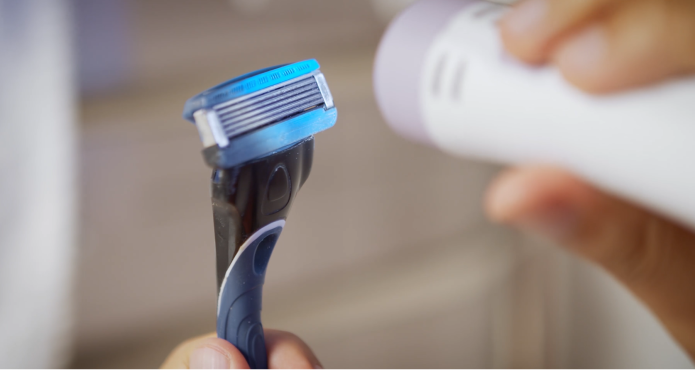
- ¬†Money. Money can carry unseen threats for days. Depending on where it’s been (and who knows where it‚Äôs been?), it could carry almost anything.
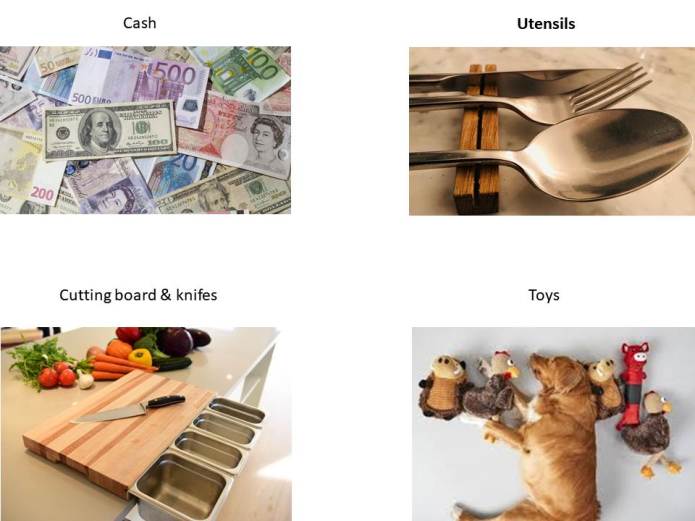
-  Kitchen tools. One of the dirtiest objects in the kitchen is the cutting board. Porous surfaces can trap dirt and are much harder to clean with simple water and dish soap. This is equally applicable for your sink, utensils, stove, cups, sponges, etc.
 

UVC LEDs emit high-intensity ultraviolet light.
Handle with care. 
-  Do not look directly into the UVC light source or point the light at the skin. It can be harmful to your eyes and skin. 
-  It is recommended to wear protective eyewear to avoid exposure to UVC light, as well as protective masks and gloves, etc. in order not to expose your skin to the light. Also, take sufficient safety measures to avoid any influence on the human body. 
-  Keep out of reach of children. 
-  Automatically switches off after 3 minutes of continuous disinfection
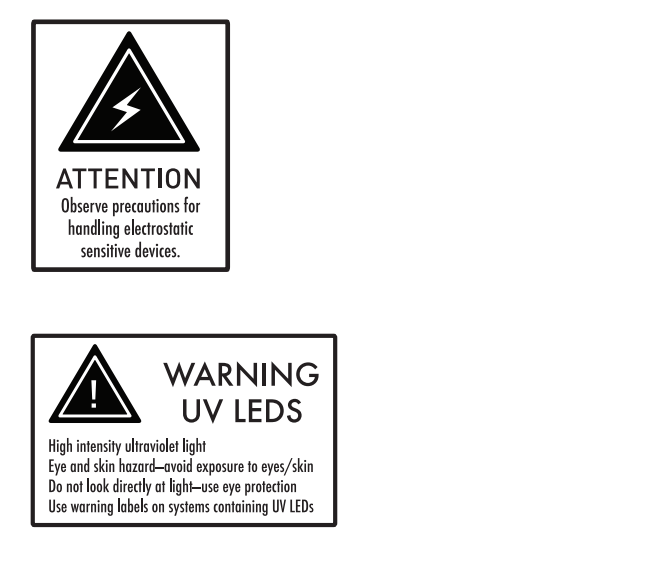

Phone surfaces and mirrors reflect negligible UVC light. You don’t have to worry about avoiding reflected UVC light exposure.
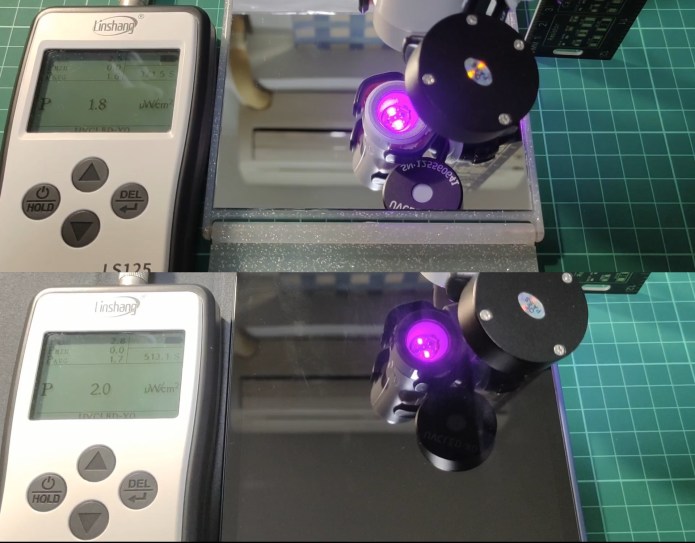


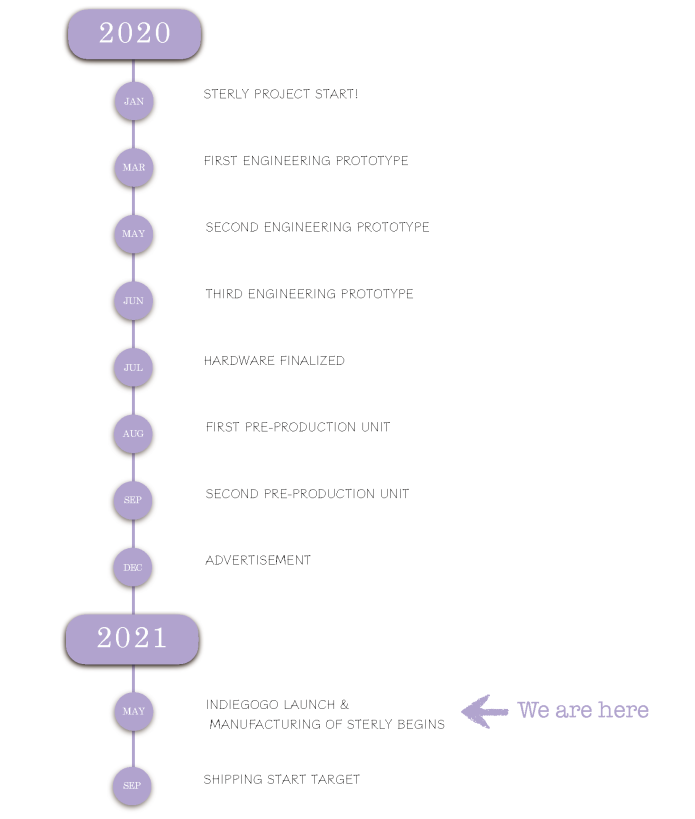
 Sterly Prototype 1 РMar 2020
Sterly Prototype 1 РMar 2020

Our prototype was ready in late May. We used Japanese-made LED UVC lights by Stanley with 21.5mW and a body from Lumica. With this prototype, we performed our first real-life tests, evaluating the calculations and design. We compared Sterly with other UVC products and found that the performance of our product was significantly better in power output, usability and convenience.
 
Sterly Prototype 2 РMay 2020

In our next prototype, we improved the design and LED light.
As a UVC LED does not emit enough visible light for users to know which area is being cleaned, we added a circuit that combines the UVC LED with another LED emitting visible light, to ensure users know where they are pointing the tool.
We also increased the power output, making Sterly more effective than other UVC LED tools available in the market. We came up with a sleek design so the device was small but powerful.
 
Sterly Prototype 3 РOur current version
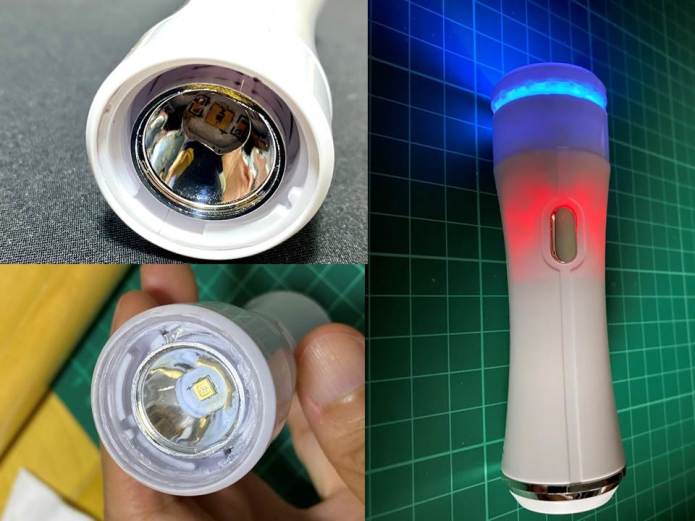
In Sterly prototype 3, our current version, we solved a typical problem for many UVC devices: the power of the UVC radiation (and their effectiveness) decreases exponentially with the distance to the target. Performing various optical calculations, we further improved the model by introducing an optical focus, making Sterly at least 3 times as effective. While a normal UVC LED radiates across 130 degrees, Sterly has a more narrow beam at 90 degrees. Patents are pending; a more detailed technical breakdown can be provided once our intellectual property is secured.
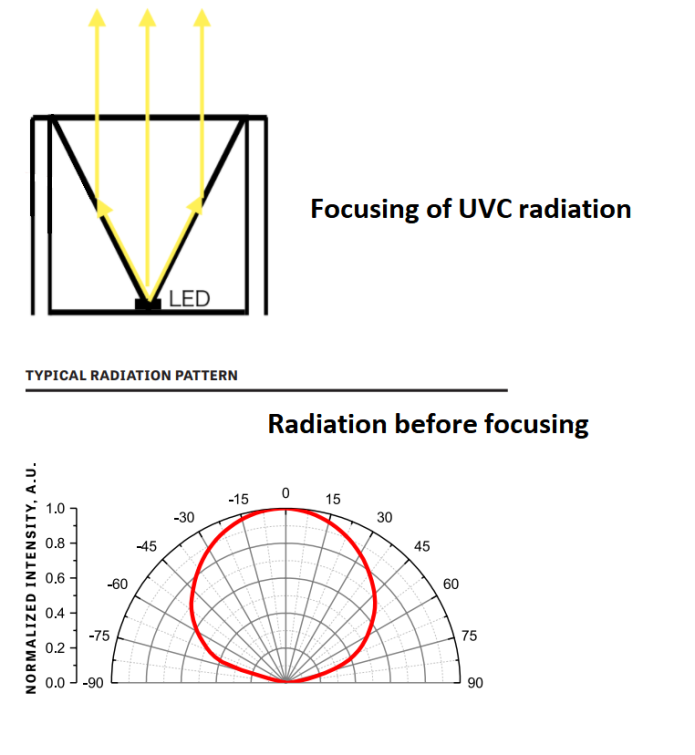
A special component is designed as a coolant together with a reflective lens. With this design, we can achieve the maximum possible power output.

We are also designing interchangeable lenses allowing users to alter the focus of the radiation. A focused light design is ideal for cleaning masks, phones, and smaller surfaces, while a broader beam is more suitable for shoes or water bottles. 


We are currently working on a patent-pending design for automatic recognition of humans and animals to make Sterly stop instantly while pointing at them.
We have designed custom circuits and chips for Sterly devices. Furthermore, we have already established connections with the UVC LED provider and the body manufacturer. We worked on several versions of Sterly until we were fully satisfied with our final version, which we are proud to present to you. Everything is set. All we need is your support to make this project real.
IEC 62471 certification will be obtained before shipment.

With your support, we can accelerate the usage of a safe and workable UVC tool among the general public. 

 
 
Risks and challenges
As this is our first campaign, we have put great effort into ensuring that we can provide the best possible product. Extensive scientific research has been performed and countless papers have been studied; reliable and experienced UVC LED provider Klaran and body manufacturer Lumica have been contacted. We dedicated months to experimenting with prototypes. We have solved many problems along the way and we are confident we can deal with any future challenges that arise. At the same time, there are still factors of uncertainty concerning the supply chain and delivery. Supply Chain Risk: Due to the pandemic situation, the demand for UVC LEDs has been increasing. Our UVC LED provider Klaran notified us that UVC LED orders might take longer than usual. Accordingly, we set a delivery target of Aug 2021. Shipping Risk: Shipping is a major factor affecting the whole project. Due to the pandemic situation, significant uncertainty has arisen. Shipping prices have tended to increase as a result. We have been looking for a reliable, reasonably priced shipping company since we started the project. We are pleased to say we believe we have managed to find a good specialist to handle the shipments.
 
Long-lasting design
The Klaran UVC LEDs we use in our design have a five-year lifetime on average. The electrical components, together with the LED in Sterly, are sensitive and easy to break. Recognizing this, we designed Sterly in a flashlight style, with protective material covering the lens, to ensure Sterly could last for years. But this introduced a problem. UVC radiation is absorbed by a normal lens. We experimented with different materials and compared their transparency and durability. We finally found a material that is sufficiently durable while letting UVC through. Another problem affecting the life of a device is the battery. The batteries inside a device usually deteriorate within a year. Many users are forced to buy new devices due to the difficulty or impossibility of changing the batteries, even though the devices are still in perfect working order. This is wasteful. Therefore, we took a different approach to the battery problem. Sterly’s batteries are easy to change. Users can just swap in new rechargeable batteries when the previous ones have run out. This gives the device longevity while saving the environment and delivering value to the user.
Reusability and recyclability
Sterly can greatly increase the reusability of masks, whether they are surgical masks or reusable masks, without destroying the material‚Äôs filtration properties. In our internal tests, a used surgical mask sterilized with Sterly performed just as well as a new one for more than 10 days. By our calculations, a normal surgical mask can be safely UVC sanitized more than 500 times. This means the biomedical waste from used masks can be reduced significantly. A better-built quality mask ‚Äď the N95, for example ‚Äď can last even longer with this reuse. Sterly also provides a much better experience for people who need to wear masks for extended periods of time, as it can eliminate bad odours inside the masks. Fewer new masks are being used as a result.
Sustainable materials
Unlike standard UVC lamps, Sterly contains no toxic materials like mercury that require huge efforts to recycle. It consists primarily of recyclable plastic and aluminium.
Environmentally friendly factories
Instead of choosing the cheapest factory to manufacture Sterly, we chose to work with reputable Japanese company Lumica, which has extensive experience in manufacturing a wide range of products, for better quality. Lumica has a reputation for good waste treatment standards and environmentally conscious production methods.



 Source:  
Source: